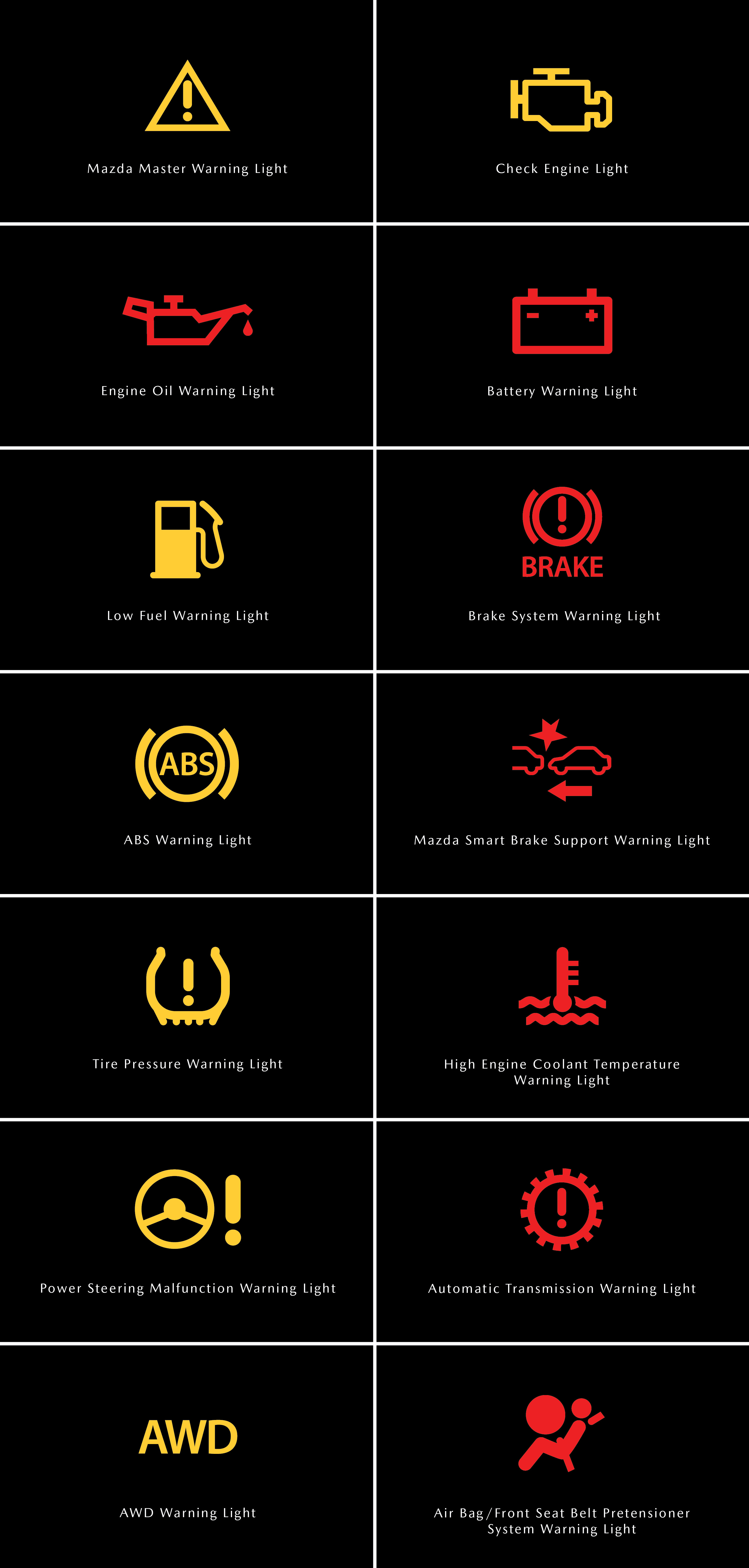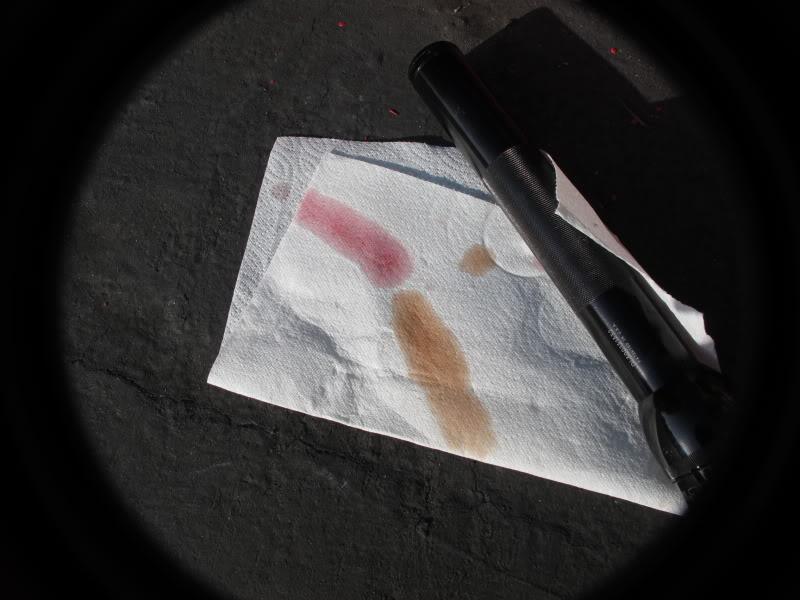Yellow transmission fluid can be a cause for concern. It indicates a potential issue within your vehicle’s transmission system.
Transmission fluid is crucial for a healthy transmission. It lubricates, cools, and ensures smooth gear shifts. Normally, transmission fluid is red or green. When it turns yellow, it signals trouble. Perhaps it’s old, contaminated, or mixed with another fluid. Understanding why your transmission fluid is yellow can prevent bigger problems.
It helps in maintaining your vehicle’s performance and longevity. In this blog, we’ll explore the reasons behind yellow transmission fluid. We’ll also discuss what steps you should take if you notice this change. Stay tuned to learn more and keep your car running smoothly.
Introduction To Yellow Transmission Fluid
Yellow transmission fluid usually means a mix of different fluids or contamination. It can indicate a problem in the transmission system. Regular checks help keep your vehicle running smoothly.
What Is Transmission Fluid?
Transmission fluid helps to lubricate the parts of your car’s transmission. It ensures smooth shifting of gears. It also cools the transmission, preventing overheating. This fluid can be automatic or manual. Both types are crucial for a car’s performance.
Normal Color Of Transmission Fluid
Fresh transmission fluid is usually red or pink. Over time, it can turn brown or dark. Yellow transmission fluid is not common. It might indicate a problem. Regular checks help you spot changes in fluid color. Always consult a mechanic if unsure about the fluid color.

Credit: www.bergemazda.com
Causes Of Yellow Transmission Fluid
Yellow transmission fluid often means contamination. Dirt, dust, or even water can mix with the fluid. This can cause the fluid to change its color. Contaminated fluid will not work well. This can harm your car’s transmission.
Fluid can turn yellow due to oxidation. This happens when the fluid gets old. Heat causes the fluid to break down. Old fluid loses its red color and turns yellow. Aged fluid can make your transmission slip or overheat. Replacing the fluid can help.
Warning Signs Of Transmission Problems
Slipping gears can be scary. The car might not stay in gear. It can slip into neutral. This is dangerous. Yellow fluid might be a sign. Old fluid or leaks can cause this.
Strange sounds from the car are bad. Clicking or whining noises are common. Yellow transmission fluid can be a clue. It may mean dirty fluid. Noises should not be ignored. They can get worse over time.

Credit: www.aamcoutah.com
How To Check Transmission Fluid
Ensure the car is on a level surface. Next, find the transmission dipstick. Pull it out carefully. Wipe it clean with a cloth. Place the dipstick back in. Then pull it out again. Check the fluid level. Compare it with the marked lines. Observe the fluid color closely. Yellow fluid could mean a problem. Look for any particles in the fluid. They can indicate wear. Smell the fluid as well. A burnt smell is bad. Report any issues to a mechanic.
Consequences Of Ignoring Yellow Fluid
Ignoring yellow transmission fluid can cause serious damage. The fluid might be contaminated. This can lead to poor lubrication. Parts inside the transmission can wear out quickly. The transmission might overheat. This can cause permanent damage. Repair costs can be very high.
Contaminated fluid can make the car hard to control. The transmission might slip. Shifting gears can become unpredictable. This can lead to accidents. Safety on the road is at risk. Keeping the transmission fluid clean is important.
Preventive Measures
Regular maintenance is key to a healthy transmission. Check fluid levels often. Look out for any changes in color or smell. Yellow fluid can be a sign of trouble. Early detection can save you from costly repairs.
Always use the right fluid for your vehicle. Different cars need different types of transmission fluid. Using the wrong fluid can cause damage. Check your car’s manual for the correct type. This simple step can keep your transmission running smoothly.
When To Seek Professional Help
Your car may have trouble shifting gears. This can cause jerky movements. Unusual noises from the engine may be heard. You may notice a burnt smell. These are signs you need a mechanic. Transmission issues can get worse. Don’t wait too long.
Find a mechanic with good reviews. Ask friends for recommendations. Look for certified technicians. Check if the shop offers a warranty. Reliable services provide clear estimates. They explain repairs in simple terms. You should feel confident in their work.

Credit: carfromjapan.com
Conclusion And Final Tips
Yellow transmission fluid can signal a problem. It might be a sign of contamination or old fluid. Keeping an eye on the fluid color is important.
Always check the owner’s manual. Follow the recommended maintenance schedule. Regular fluid checks can prevent serious issues. Clean and clear fluid is best.
Regular check-ups are crucial. Clean fluid ensures smooth operation. Avoid overheating the transmission. Overheating can cause damage.
Replace old fluid when needed. Use the correct type of fluid. Consult a mechanic if unsure. This helps keep your transmission healthy.
Conclusion
Yellow transmission fluid signals a potential issue with your vehicle. It may indicate contamination or a need for service. Regular checks can prevent major problems. Don’t ignore unusual fluid colors. Addressing them early saves time and money. Keep your car running smoothly.
Stay proactive and consult a mechanic if needed. Your vehicle’s health depends on timely maintenance.
